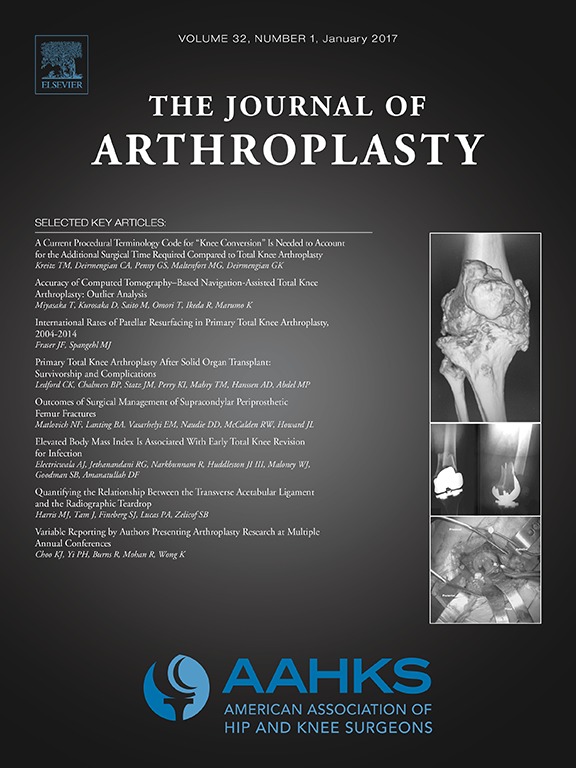
No difference in wound appearance or infection rate between iNPWT and standard dressings in TJA

No difference in wound appearance or infection rate between iNPWT and standard dressings in TJA
Incisional Negative Pressure Wound Therapy Devices Improve Short-Term Wound Complications, but Not Long-Term Infection Rate Following Hip and Knee Arthroplasty
J Arthroplasty. 2019 Apr;34(4):723-728. doi: 10.1016/j.arth.2018.12.008Synopsis
398 patients scheduled for primary or revision total hip or knee arthroplasty were randomized to post-surgical management with either incisional negative pressure wound therapy. Results demonstrated no overall differences in wound appearance score, infection rate, rates of patients with mild or moderate/severe drainage, rates of dressing-related complications, or rates of reoperation due to wound ...
To view the full content, login to your account,
or start your 30-day FREE Trial today.
FREE TRIAL
LOGIN
Forgot Password?
Explore some of our unlocked ACE Reports below!

Learn about our AI Driven
High Impact Search Feature
Our AI driven High Impact metric calculates the impact an article will have by considering both the publishing journal and the content of the article itself. Built using the latest advances in natural language processing, OE High Impact predicts an article’s future number of citations better than impact factor alone.
Continue



 LOGIN
LOGIN

Join the Conversation
Please Login or Join to leave comments.